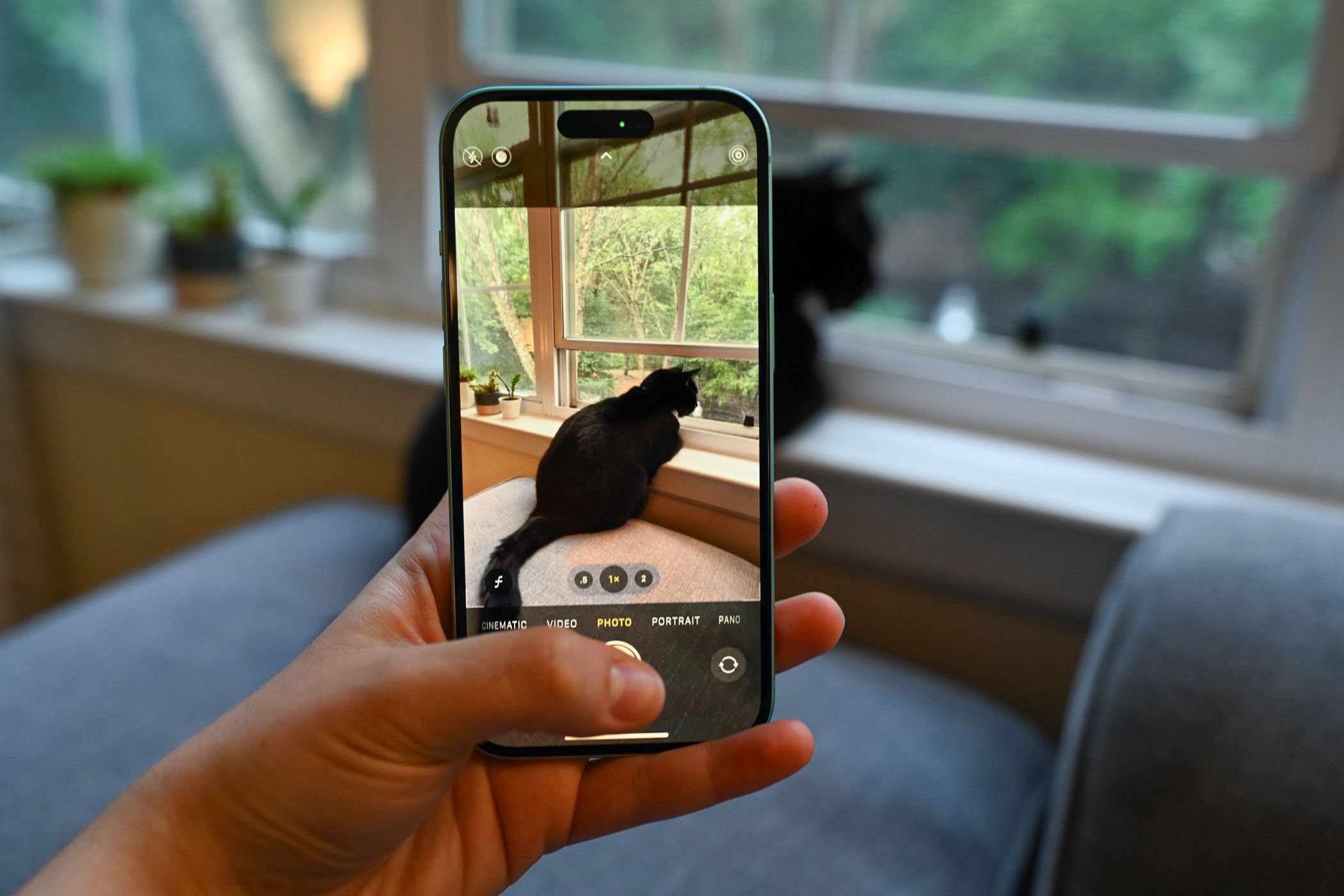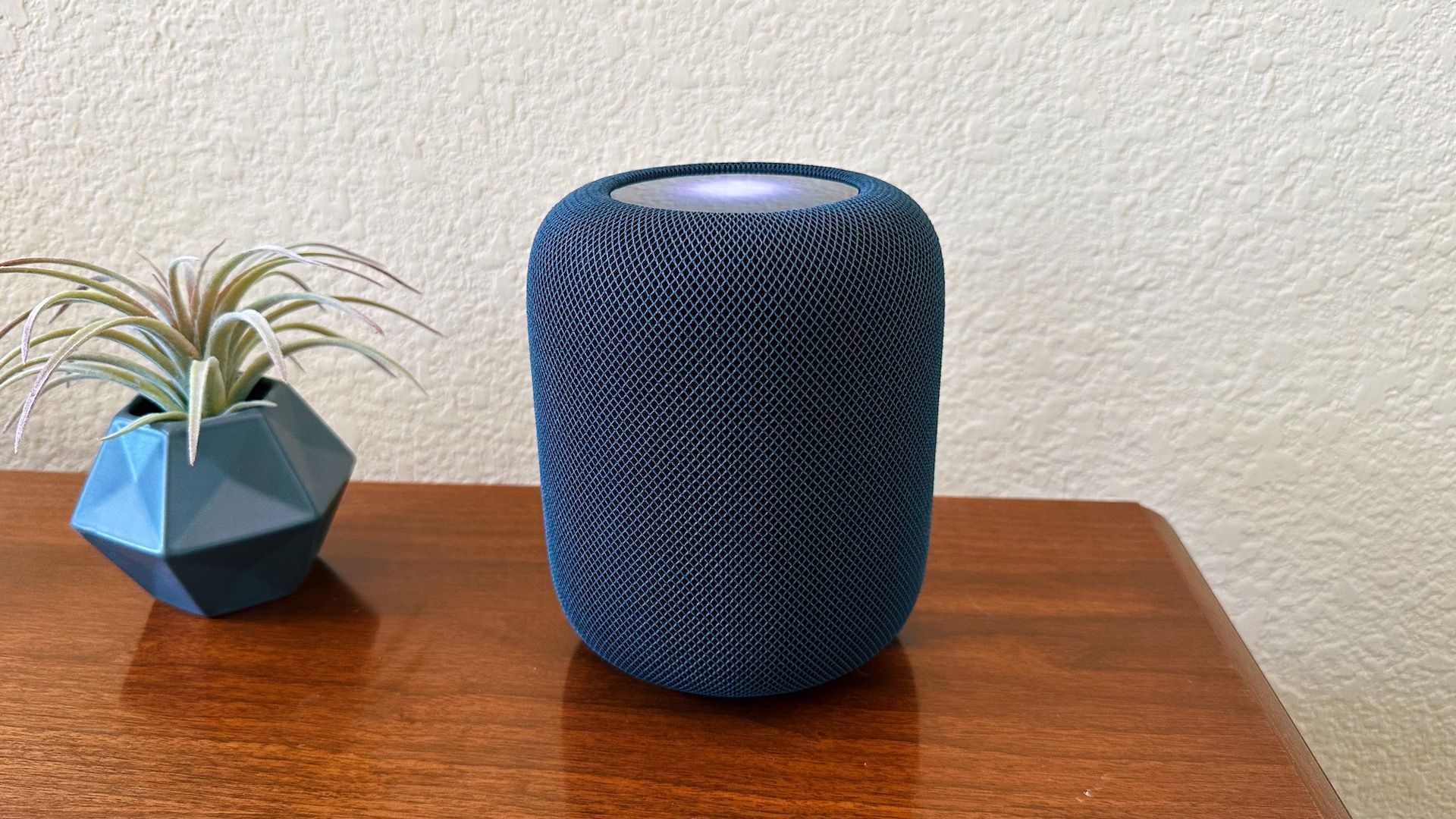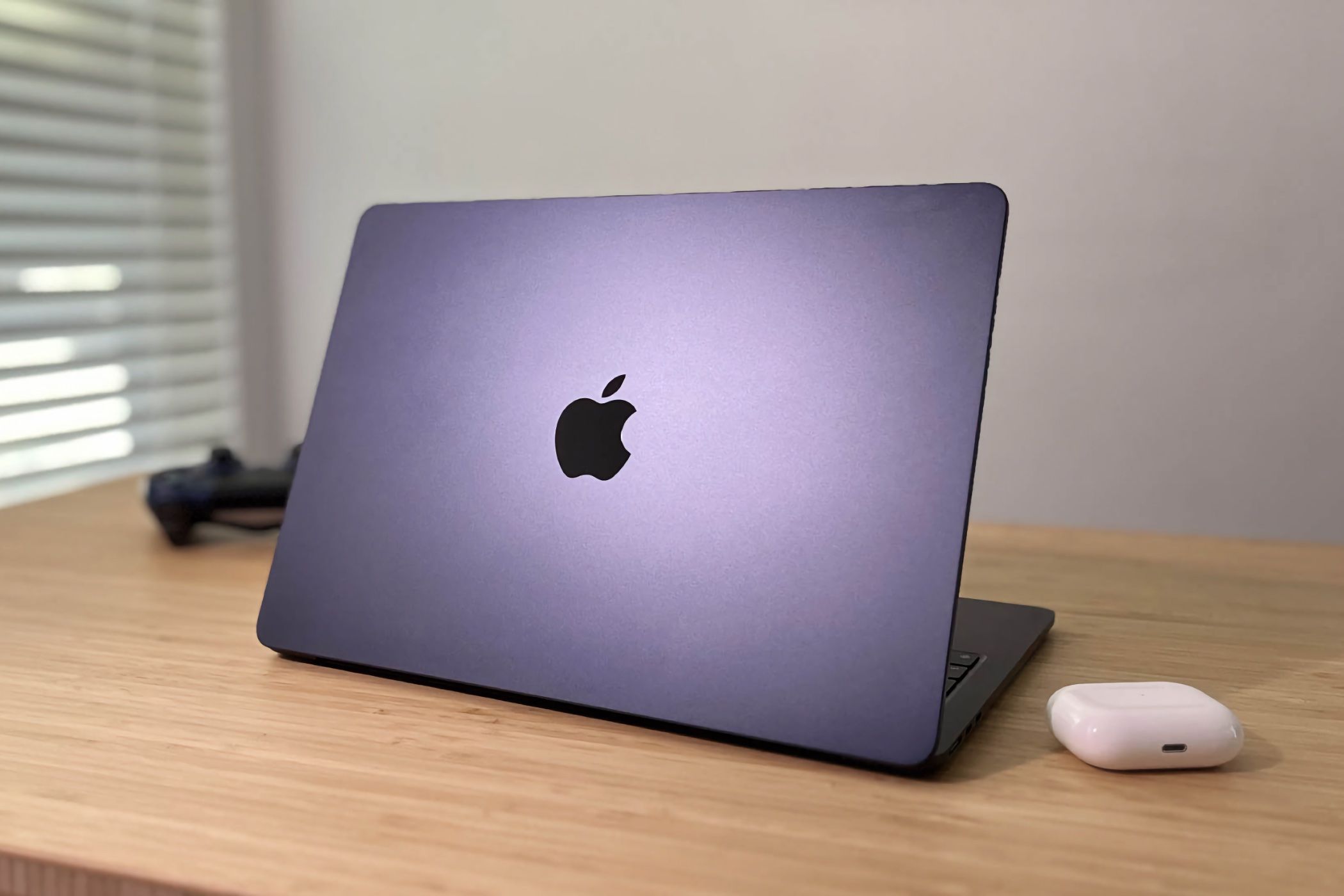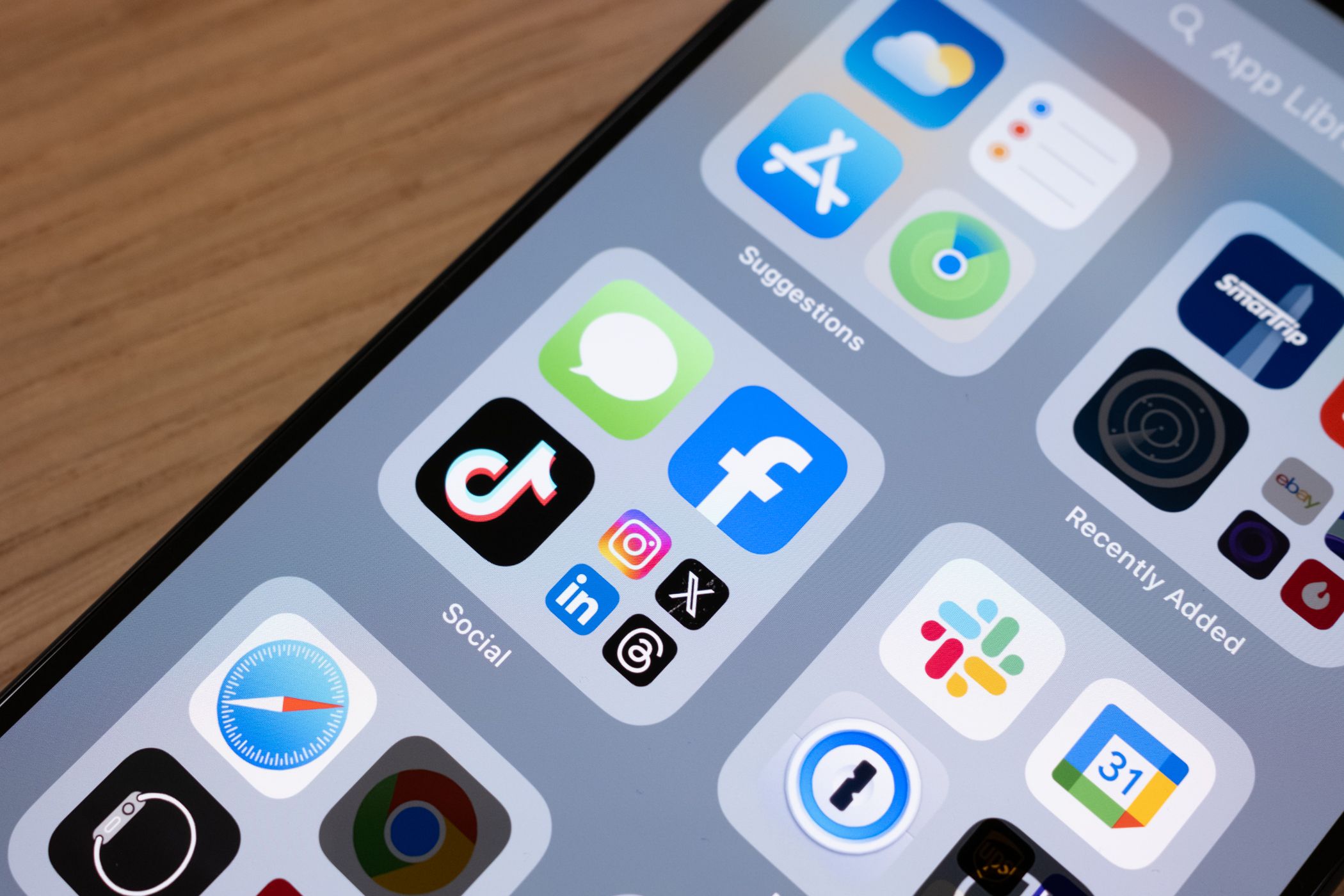One of the main selling points of Apple products is the ecosystem you can take advantage of by owning multiple Apple devices. While the Apple ecosystem provides users with a fully integrated user experience, it is not without its drawbacks.
What Is the Apple Ecosystem?
The Apple ecosystem is the interconnected system of Apple devices and services that are designed to work together to provide a seamless user experience. Apple gives its device a greater level of functionality when paired with one or more other Apple devices, providing a synchronized user experience.
For some, the Apple ecosystem is desirable. You’ll be able to access handy features like Handoff, which lets you start a task on your iPhone, and pick up exactly where you left off on your MacBook. Your data syncs automatically in the background and you get niche but useful features like being able to unlock your MacBook with your Apple Watch.
But the ecosystem isn’t perfect, and opting into it might not be the best choice for everyone.
Apple’s Ecosystem Is Expensive to Get Into
In order to experience the ecosystem you must own compatible devices, and there lies perhaps the most glaring drawback of Apple’s ecosystem. The premium pricing that comes with Apple’s products and services can make it difficult to justify for some.
A base model iPhone 15 costs $799, and even the most affordable iPhone available on Apple’s website, the iPhone SE, starts at $429. This simply might not be feasible for budget-conscious consumers, and that’s just the iPhone. You need at least two Apple devices to enjoy many of the benefits of the Apple ecosystem. To get a brand-new MacBook from Apple, you’ll be spending at least $999 for a MacBook Air.
And there are still other devices like the AirPods, Apple Watch, and iPad, which come with hefty price tags as well. Although some argue that the quality of the products justifies the price point, there’s no denying that the products are still inaccessible to a large number of consumers.
Limited Compatibility With Other Devices
While Apple Products work seamlessly with one another, the same cannot be said for their compatibility with non-Apple devices. Apple’s use of proprietary standards, connectors, and file formats makes it difficult to integrate Apple devices with non-Apple hardware and software.
For example, the Apple HomePod insists that you use Apple Music as your default streaming service. And while you can easily share media and files between iPhones, it’s a lot more complicated when sharing between an iPhone and Android. Windows users are still stuck using iTunes if they want to transfer files to an iPhone or iPad locally.
Siri is more responsive with a faster chip inside, but not necessarily more accurate. – Tyler Hayes / Review Geek
Because of this, creating a diverse tech environment and workspace can be a frustrating experience. Some critics argue that this is a tactic used by Apple to steer consumers towards purchasing only Apple products.
Some Connectivity Features Still Need Work
The common belief that Apple products “just work” doesn’t always ring true. Many users have reported various issues with some of the core connectivity features of the ecosystem, which can be pretty frustrating.
For example, many have encountered difficulties with the iPhone’s Personal Hotspot feature. Sometimes the hotspot network won’t show up on a MacBook, the network won’t connect, or the MacBook disconnects randomly from the network. Also, while using Handoff, you might run into issues like inconsistent task progress between devices, or the feature failing to activate at all.
Another major connectivity issue is with Siri, Apple’s virtual assistant. While Siri is supposed to be intelligent and easy to use, users still have issues like triggering Siri on their Mac instead of their iPhone or limitations to what Siri can actually do.
While the ecosystem unlocks a new level of connectivity in features like AirDrop, it leaves a lot to be desired in how consistently these features work as advertised. Even AirDrop has problems, which is why we have an AirDrop troubleshooting guide.
Apple Delays in Adopting New Features
While Apple may be proud of its Apple Silicon ARM-based architecture, it’s also known for dragging its heels when it comes to integrating industry innovations into new products. For example, Apple only recently adopted USB-C connectivity in the iPhone and has famously delayed adopting features like wireless charging, facial recognition, and always-on displays.
This might not be an issue for many everyday users, but if you’re a tech enthusiast looking to stay on top of the latest tech developments, you might find this very limiting.
Relying on the App Store Can Be Limiting
iPhone users can’t (yet) download apps from third-party sources, and Apple has strict regulations for apps featured in the App Store. In 2020, Fortnite was removed from the App Store for implementing a system for making in-app purchases that bypassed the App Store, violating Apple’s guidelines.
Although Apple will have to implement sideloading in the EU to comply with recent European regulations, it is doubtful that the feature will be rolled out outside the EU. But by default, if an app is not available on the App Store, you’re pretty much stuck, because there is no other way to download and install apps on the iPhone, iPad, Apple TV, or Apple Watch.
For desktop users, this isn’t a problem since Mac apps can be installed from anywhere (though sometimes you’ll need to move unsigned apps out of quarantine to get them to work).
Once You’re In, It’s Hard to Get Out
One of the biggest problems with a closed ecosystem like Apple’s is that it’s easy to get invested in and hard to get out of. It can be tempting to stay put once you’ve invested the thousands of dollars it takes to get into the ecosystem. When you leave, you lose access to app purchases, Apple subscriptions, and anything else you bought through the App Store.
iCloud can also be a limiting factor. iCloud stores and syncs all your information including messages, contacts, music library, photos, podcasts, notes, books, reminders, and data from individual apps. Apple makes it difficult, if not impossible, to export this information to non-Apple devices even when it’s downloaded on your device. Most people find it easier to stay within the ecosystem, rather than go through the effort it would take to break out of it.
Device backups are made through iCloud or by connecting to a Mac or Windows PC running iTunes. Third-party backup tools won’t give you a solid exit point. For apps like Notes and Apple Music, you’ll be forced to find and rely on third-party exporter tools if you want to switch to something else. This can be a daunting prospect.
Should You Commit to Apple’s Ecosystem?
Deciding to get into or stay in the Apple ecosystem can be a difficult decision, and your answer will likely come down to your personal needs. While owning multiple Apple products creates an efficient and seamless experience, it might not be suitable for those who prioritize affordability, customization, and cross-compatibility.
source



